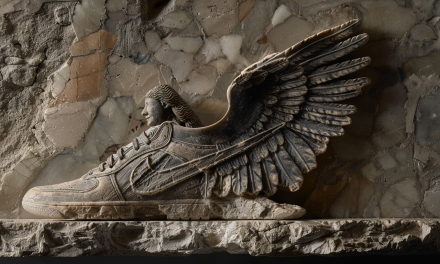The United States Secret Service has a fascinating history that extends far beyond its current role of protecting the President. Initially founded in 1865, the agency’s original mission was quite different from what we know today.
Origins as a Financial Crimes Unit
In the aftermath of the Civil War, the Secret Service was established to combat widespread counterfeiting. At the time, an estimated one-third of U.S. currency in circulation was counterfeit, posing a serious threat to the nation’s economy. For several decades, the agency focused primarily on investigating and preventing financial crimes.
Transition to Presidential Protection
The assassination of President William McKinley in 1901 marked a turning point. Congress informally requested that the Secret Service provide protection for the President. This role was formalized in 1906 when Congress authorized funds for presidential protection.
Expanding Responsibilities
Over time, the Secret Service’s protective duties expanded:
- 1917: Protecting the President’s immediate family
- 1950: Permanent protection for the President, their family, and the Vice President
- 1962: Protection extended to the Vice President’s immediate family
- 1968: Protection for major presidential and vice presidential candidates
Notable Incidents and Improvements
The Secret Service has continuously evolved its tactics and technologies in response to various incidents and changing threats:
- After John F. Kennedy’s assassination in 1963, protective measures were significantly enhanced.
- The 1981 attempt on Ronald Reagan’s life led to further improvements in training and procedures.
- Post-9/11, the agency has increasingly focused on cybersecurity threats and complex, coordinated attacks.
Modern Challenges
Today’s Secret Service faces a range of challenges, from managing large-scale events to countering sophisticated cyber threats. The agency must balance its dual missions of protection and financial crimes investigation while adapting to an ever-changing threat landscape.
From its humble beginnings as a anti-counterfeiting unit to its current role as a critical element of national security, the Secret Service has undergone a remarkable transformation. Its history reflects the evolving nature of threats to American leaders and institutions, as well as the country’s commitment to protecting its highest offices.





